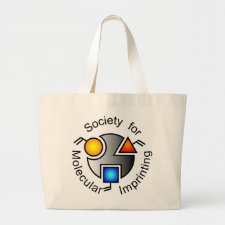
Authors: Das PS, Saha P
Article Title: Contact lenses: A development towards ocular drug delivery system.
Publication date: 2017
Journal: World Journal of Pharmaceuticla Research
Volume: 6
Issue: (9)
Page numbers: 207-216.
DOI: 10.20959/wjpr20179-9234
Alternative URL: http://www.wjpr.net/download/article/1502948163.pdf
Abstract: Contact lenses are upcoming as an alternative ophthalmic drug delivery system to resolve the drawbacks of the conventional topical application methods. In the ocular pharmacology market, there is a noteworthy unmet demand for more efficacious delivery of ocular therapeutics. Contact lenses drug delivery systems have been developed to provide an increased residence time of the drug at the surface of the eye leading to enhanced bioavailability and more convenient and efficacious therapy. Several research groups have already explored the feasibility and potential of contact lenses loading conventional drugs used to treat anterior eye disorders. Drug incorporation to the lens body is achieved with techniques, like simple soaking, inclusion of drug-loaded colloidal nanoparticles, or molecular imprinting. Regardless of the technique used, key properties of the contact lens, such as transparency and oxygen permeability, should be preserved. In this article, we reviewed the different techniques used for drug delivery through contact lenses, analyzing their advantages and disadvantages, and focused on articles describing contact lens-based ophthalmic drug delivery systems with significant potential to use in ocular therapeutics.
Template and target information: Review - Contact lenses and drug delivery
Author keywords: contact lens, bioavailability, Inclusions, Ocular Therapeutics



Join the Society for Molecular Imprinting

New items RSS feed
Sign-up for e-mail updates:
Choose between receiving an occasional newsletter or more frequent e-mail alerts.
Click here to go to the sign-up page.
Is your name elemental or peptidic? Enter your name and find out by clicking either of the buttons below!
Other products you may like:
 MIPdatabase
MIPdatabase









